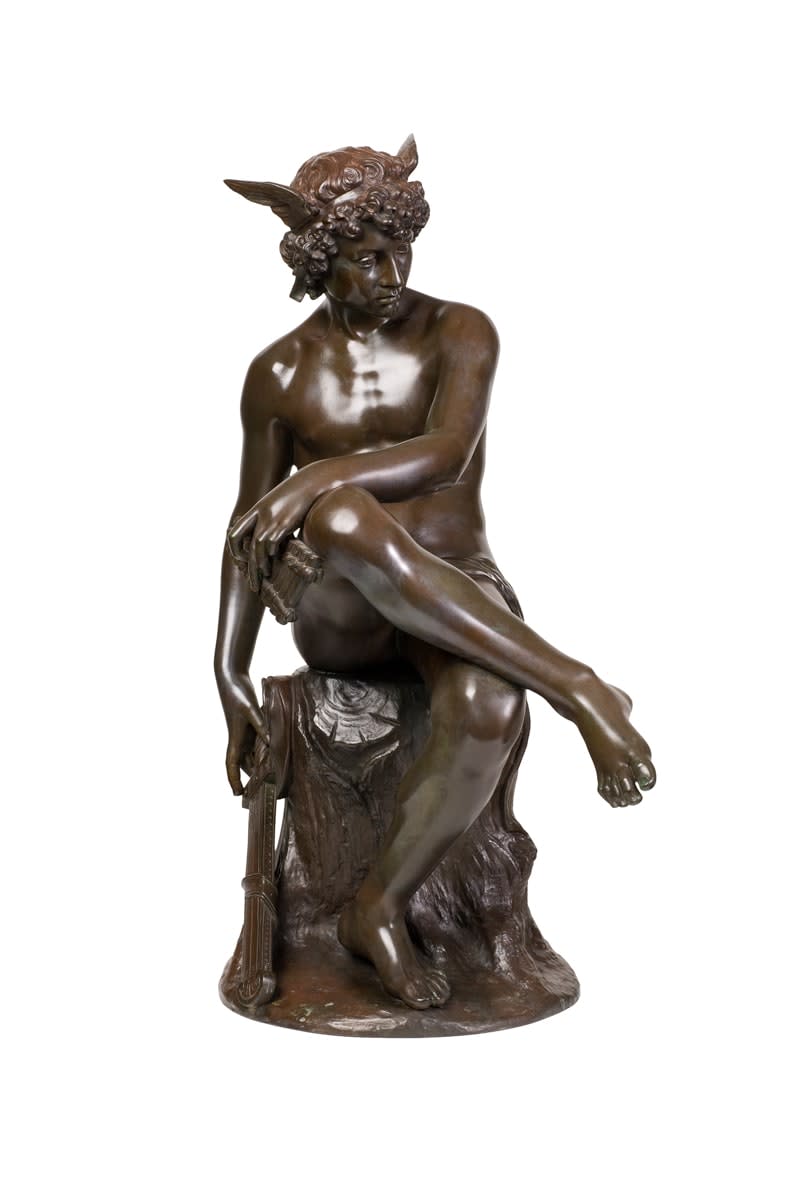artist
Montagne won the National Lottery Prize sponsored by the French Government. He garnered various medals at the Salon in Paris in 1867 and 1869. He had received training from the great Francois Rude’s atelier where neoclassical beliefs were strictly adhered. Sculptors like Emmanuel Fremiet and Antoine-Louis Barye had also learned methods and techniques of sculpting in Rude’s studio. It appears though that Montagne returned often and was comfortable in his home town of Toulon. This is where he was born and it was where he studied for quite a number of years before venturing forth to Paris. Upon receiving recognition at the Salons he was given the commission to be in charge of the architectural and sculptural decoration of the Grand-Théâtre in Toulon. He also has six statues at the Musée de Toulon. He received modest but impressive commissions during his career such as marble bust at the Conservatoire des Arts et Metiers and an inaugural bronze in Saint-Tropez to cite a few.
provenance
Thomaston Place Auctions, 2008

















